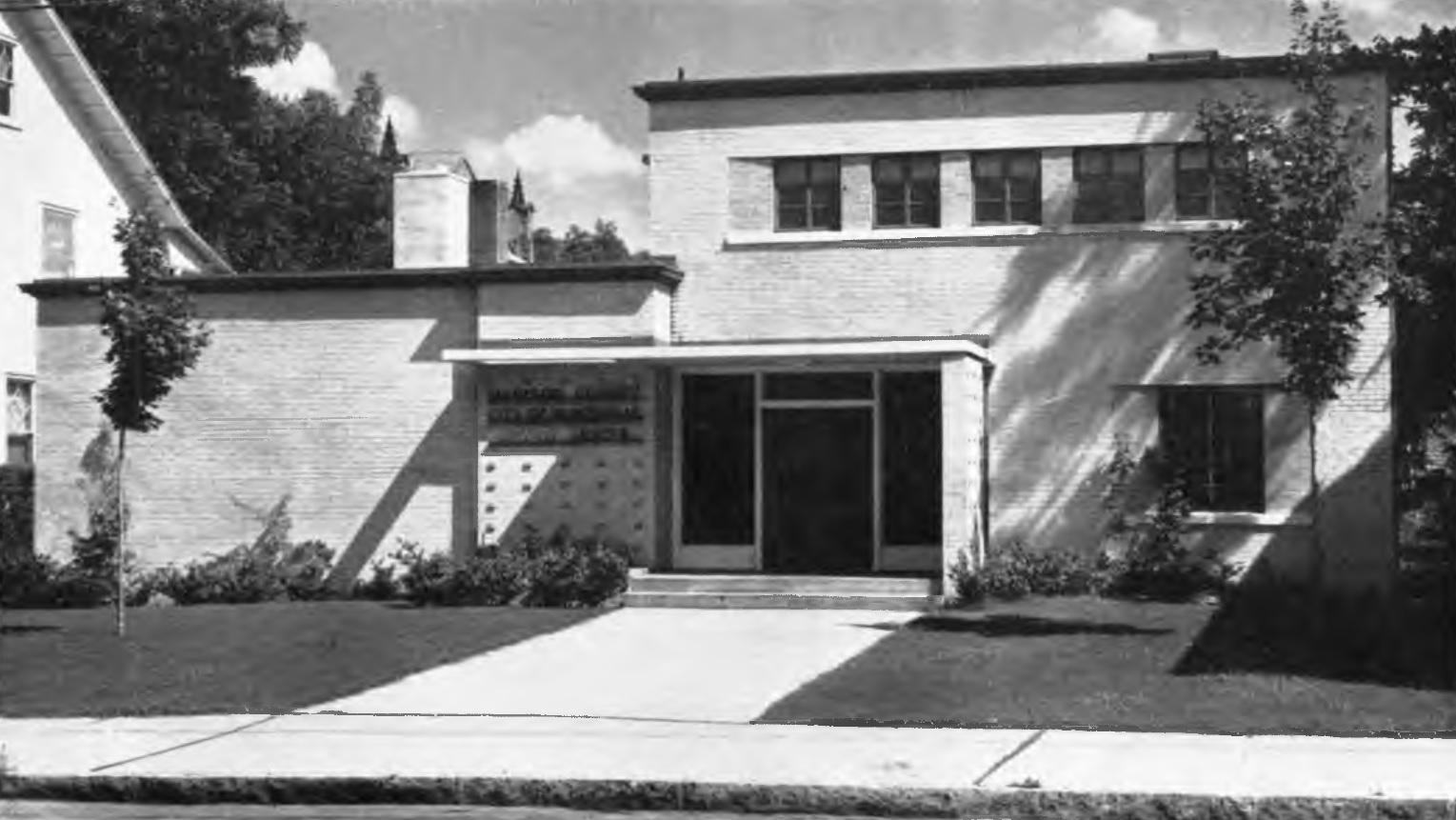
In common with other areas of the United States, in its early days, Huntsville and adjoining rural sections, enjoyed a period of good and unusual health. Then as the increasing density of population began to occur, small and occasional outbreaks of disease followed. Later epidemics took place which brought much sorrow and economic loss.
Prior to 1877 the local doctors and town and country governments did what they could with the knowledge and means of the times to control disease. A "pest house" was established to which the more serious diseases were carried for isolation and quarantine. Today we are amused by stories of armed vigilantes stationed on the roads in the eighteen seventies to turn back travelers who might bring yellow fever into the community from Tennessee River ports where cases were occurring, but we can be sure that the mosquito, the unsuspecting villain, passed these armed stalwarts with ease.
During the 1890's the state Medical Association was reorganized and local boards of health established who elected a practicing physician to serve as quarantine officer or health officer at a salary of $25.00 per month. His duties were part time and largely confined to efforts of controlling typhoid, malaria, smallpox and other less serious diseases common at the time. This type of primitive health organization prevailed in Alabama, and all the Southeast for that matter until the first fully staffed full time Health Department was established in 1914 in Walker County, Alabama, with Dr. Carl A. Grote, now a practicing physician of Huntsville, as the first full time county Health Officer.

The year 1916 and years immediately preceding brought serious outbreaks of typhoid fever to Huntsville; much worse in the city than in the county side. Dr. Grote at the request of the State Health officer made an emergency visit to Huntsville. He discovered the chief difficulty to be that no one (as many now) could believe that anything as cool, clear, and tasty as the Big Spring could carry evil; but when the chlorinator was repaired and placed in proper operation the outbreak quickly subsided in the city. Impressed by this demonstration, the people of the area developed an interest in public health and, financed by the Madison County Chapter of the Red Cross, the city and county government, and the United States Public Health Service, the Madison County Health Department opened on a trial basis January, 1918, the fourth in Alabama. Dr. Carl A. Grote come from Walker County to be Health Officer and Mrs. Jack Frashen (deceased) as sanatarian. Dr. Grote was succeeded by Dr. B. F. Austin, and in 1924 Dr. M. C. Hatchett became Health Officer and held the position till 1945. Dr. M. M. Duncan was officer until January 1, 1946, when Dr. O. M. Shelamer came to Huntsville. In 1950 Dr. Shelamer resigned to go with T.V.A. and was followed by Dr. Otis G. Gay in June, 1950.
The offices of the department were first in the Elks Building, then in the Hunley Building on Jefferson Street. In 1929 they were moved to the fourth floor of the Tennessee Valley Bank Building (now State National Bank Building). A full circle was reached in the late thirties (1937) when the Department returned to the Elks Building to remain until the completion in 1952 of the modern, well equipped Health Center Building on Eustis Street on a lot donated in memory of his father by Dr. W. H. Burritt.
The splendid cooperation of the Medical Society of Madison County is reflected in the accomplishments of the Health Department only a few of which are given here as a rough index.
| Tuberculosis | Typhoid | Dyphtheria | Maleria | |||||
|---|---|---|---|---|---|---|---|---|
| cases | deaths | cases | deaths | cases | deaths | cases | deaths | |
| 1917 | 130 | 146 | 120 | 20 | 27 | 8 | 26 | 20 |
| 1953 | 48 | 17 | 2 | 0 | 1 | 1 | 0 | 0 |
The reduction in cases and deaths as shown 1917-1953 is even more striking if it is recalled that the present population of Madison County is more than twice that of 1917. In 1917 the deaths per 1000 population from all causes were 20.02/1000, in 1953, 9.2/1000. Provisional rate for 1954 is figured as 8/1000 which is below the national rate.
The department is now staffed by one physician, two clerks, three sanitarians, 8 nurses, one janitor, a State Laboratory and Health Education Officer for the Tennessee Valley counties and one State Dairy inspector. The total health personnel housed in the center is 21; 15 of whom are entirely local in their activities.